Air pressure and density
Professional Pilot
JULY 7, 2025
By Karsten Shein Comm-Inst Climate Scientist QNE, QNH, and QFE describe different altitudes for different phases of flight, but also serve as pressure altitude (QNE) or density altitude (QNH). Every pilot knows that aircraft fly because the forces of lift and thrust balance or exceed the weight and drag countering them.



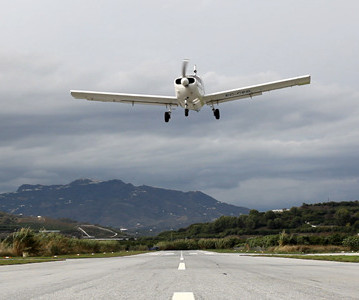
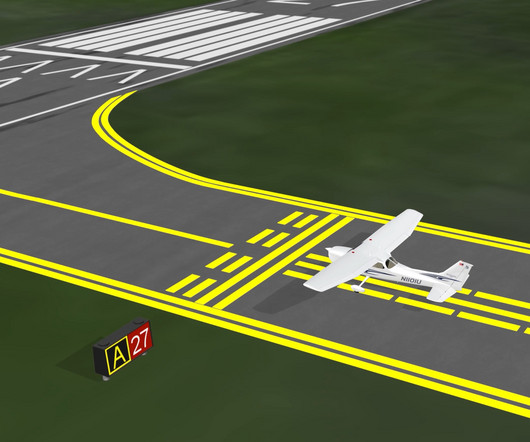



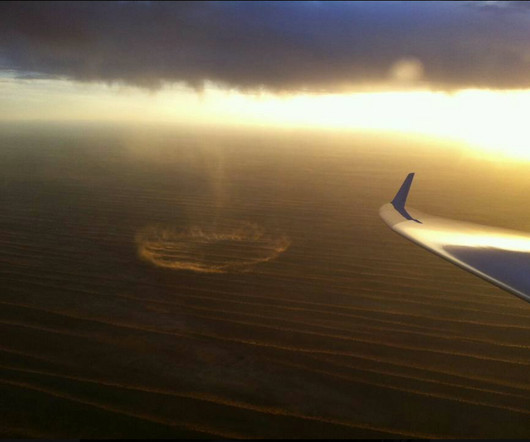
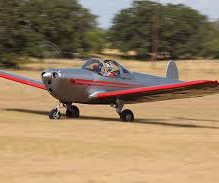
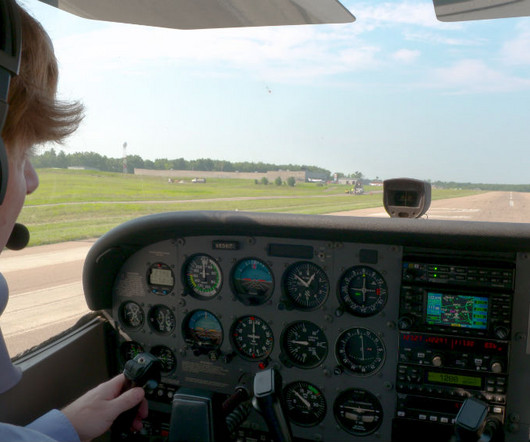








Let's personalize your content